A Goldilocks planet describes those found in the habitable zone around their host star, where conditions are right for liquid water to exist on the surface. These planets are positioned neither too close nor too far from their star. However, being too close can result in excessive heat while being too far can lead to freezing temperatures. This balance positions them as a leading option. In exploring extraterrestrial life, identifying such planets is crucial in astrobiology and exoplanet research, as it brings us closer to understanding whether conditions similar to Earth exist elsewhere in the universe.
As of 2025, astronomers have confirmed over 5,000 exoplanets, with more than 160 potential Goldilocks planets, though many remain unverified. These planets show promise for habitability due to their size, composition, and distance from their stars. Examples include Kepler 452B, which is usually compared to the Earth due to the similarity in size and distance from its stars, and Proxima Centauri b, which orbits the stars near our solar system. However, the actual habitability of these planets is uncertain, as we currently lack detailed data on their atmospheres, surface conditions, and potential for supporting life.
How many Goldilocks planets are in the Milky Way?
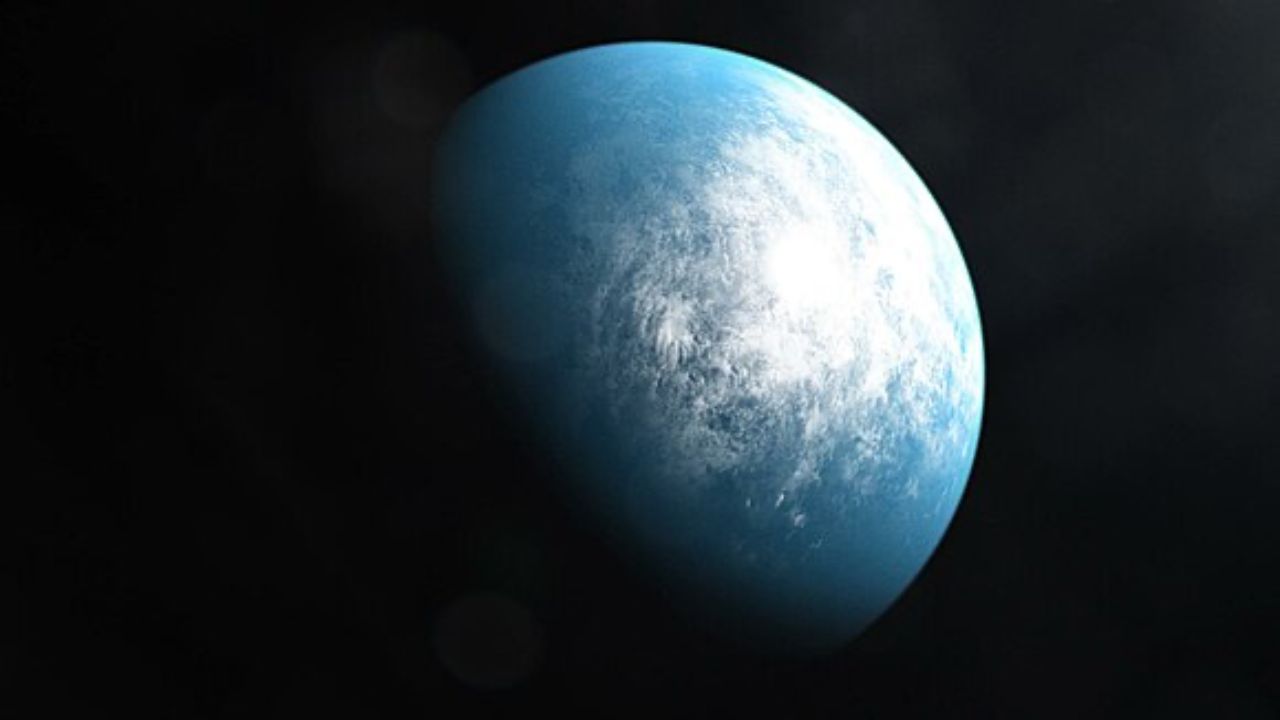
Researchers estimate that the Milky Way may have tens of billions of Goldilocks planets, though exact numbers are uncertain. About 10% are Sun-like, while 75% are red dwarfs. Which are smaller and more common and could host habitable planets. With 100–400 billion stars in the galaxy, many planets may support life, but factors like atmosphere and surface conditions are key. Advanced tools like the James Webb Space Telescope will improve these estimates.
Also Read: How Many Planets Are There In The Milky Way?
Which are the most Earth-like Goldilocks planets discovered?
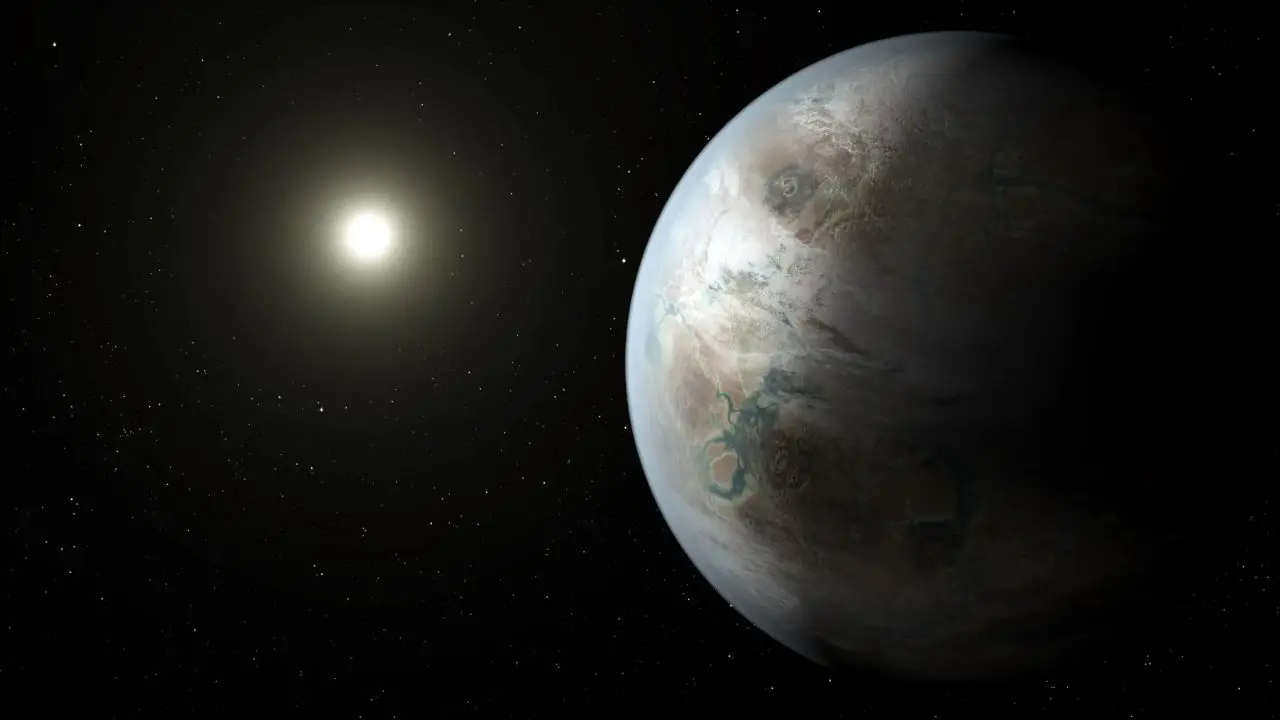
Some of the Earth-like Goldilocks planets include:
- Kepler-452b: Described as “Earth’s cousin,” but it is a super-Earth and its habitability is questionable. Kepler-452b is roughly 60 percent larger in diameter than Earth. It orbits a G-type star, also similar to our sun, in the habitable zone, and is located around 1,400 light-years from Earth.
- Proxima Centauri b: Orbiting the nearest star to the Sun, just 4.2 light-years away, this planet is comparable to Earth in size and is located within its star’s habitable zone. However, Proxima Centauri B has a possibility of extreme stellar activity like a stripped atmosphere; there is no possibility of liquid water.
- TRAPPIST-1e: One of the seven planets in the TRAPPIST-1e system is located 39 light-years away. It is within the size of the Earth and the habitable zone, but tidal locking can cause excessive temperature differences.
- TOI 700 d: Discovered by NASA’s TESS Mission, the planet is located 100 light-years away and lives in the habitable zone of a red dwarf star. It is about 20% larger than the Earth, it is placed in the sub-Neptune category until it is confirmed as rocky.
- LHS 1140 b: Labeled as “super-Earth,” but it might be a mini-Neptune. Located 49 light-years away, this rocky super-Earth orbits within the habitable zone of a red dwarf star and is likely to possess an atmosphere.
Both of these exoplanets have a good prospect for further atmosphere studies and could be habitable.
Also Read:What Exactly Is An Earth-Like Planet?
🔬 Subscribe to SciMail
Get the latest science discoveries straight to your inbox!
Which planets are in the Goldilocks zone in our solar system?
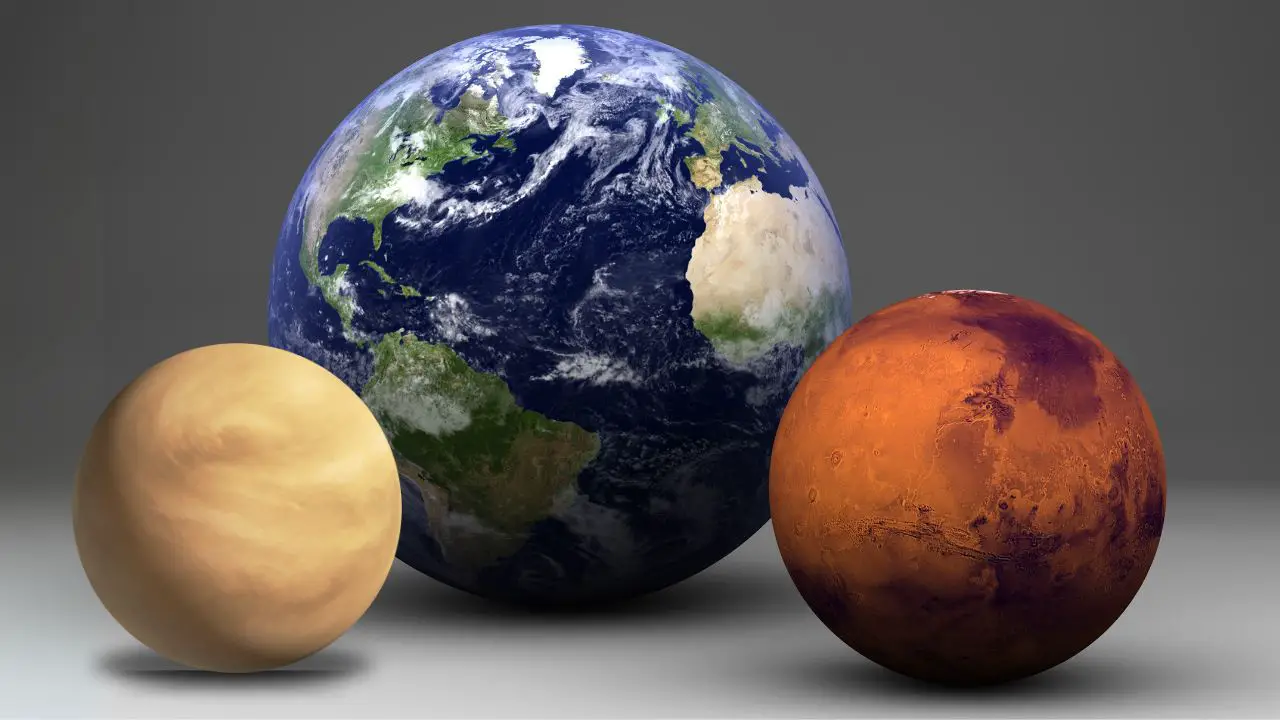
In the solar system, the planets that come in the Goldilocks zone or habitable zone in which the conditions may be conducive for liquids to exist are the Earth and Mars.
- Earth is one of the most recognized planets in the habitable zone where the temperature is just right for liquid water, supporting a range of life forms.
- Mars is on the outer edge of the habitable zone but its thin atmosphere makes surface liquid water impossible. While it is cold and dry today, evidence suggests that liquid water may have existed in Mars’ past, and there may still be subsurface water today. Scientists hypothesize that at least at some points in Mars’ history, some form of life may have had a chance to live there, either once upon a time or still.
- Venus: Venus is often considered too close to the Sun to be in the habitable zone today. While it may have had liquid water in the past, a runaway greenhouse effect made its surface extremely hot and uninhabitable.
Other planets within our solar system, for example, Venus are either too hot or cold to have liquid water so they are outside the habitable zone.
What criteria are used to classify a planet as a Goldilocks planet?
Goldilocks planets are classified as such based on several key criteria. First, its star must have a “habitable zone,” a distance that is neither too hot nor too cold for liquid water to exist. Second, a Goldilocks planet is defined by its orbital position, not its size. While many are Earth-sized and rocky, gas giants in the habitable zone also qualify as Goldilocks planets. However, factors such as atmosphere, radiation levels and magnetic fields vary widely. Some may have extreme conditions, such as tidal locking or rigid atmospheric compositions, which make them less hospitable despite being in the habitable field.
How do the conditions on Goldilocks planets compare to those on Earth?
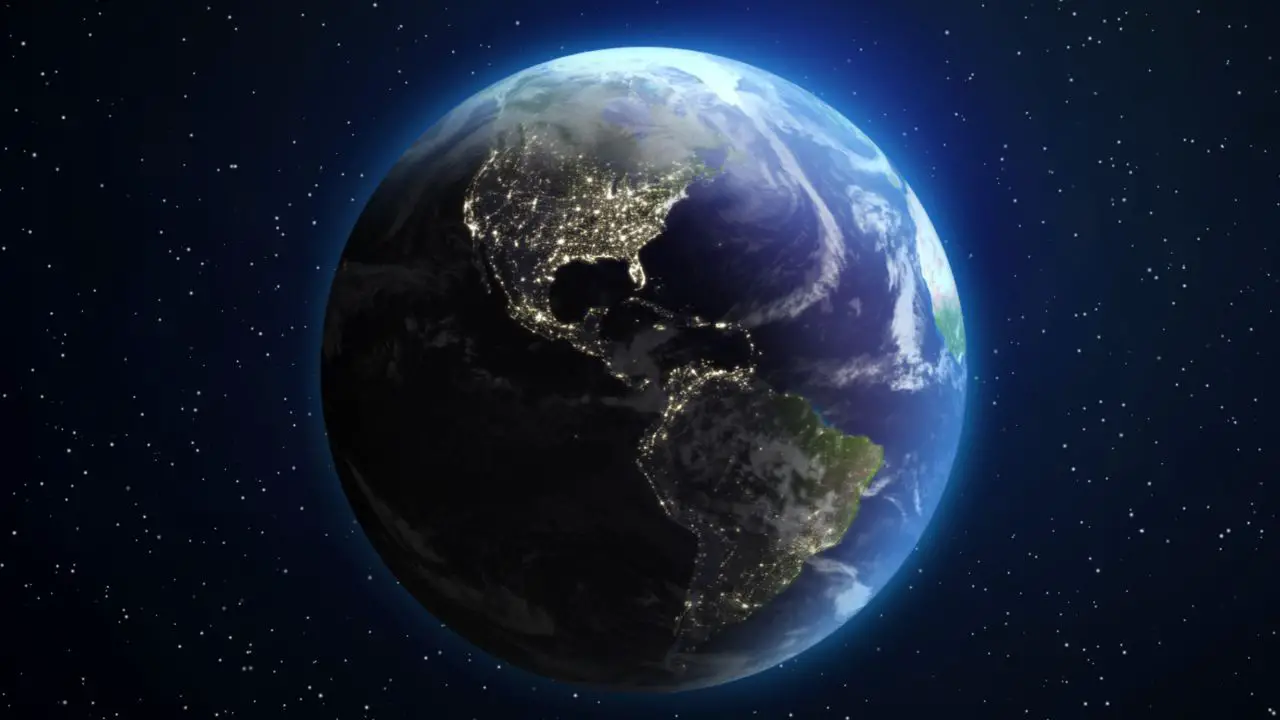
The conditions on the Goldilocks planets can be similar or different from Earth’s. Like Earth, these planets are located in their star’s habitable zone, so it is possible to have temperatures suitable for liquid water. Nonetheless, while the Earth has a balanced atmosphere, ideal pressure, and a protective magnetic field, the case may be entirely different for Goldilocks planets. For instance, it could have more or less atmospheres, and different levels of radiation, or maybe lack a magnetic field, which could impact their ability to support life.
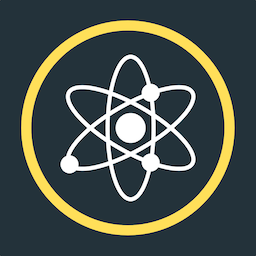
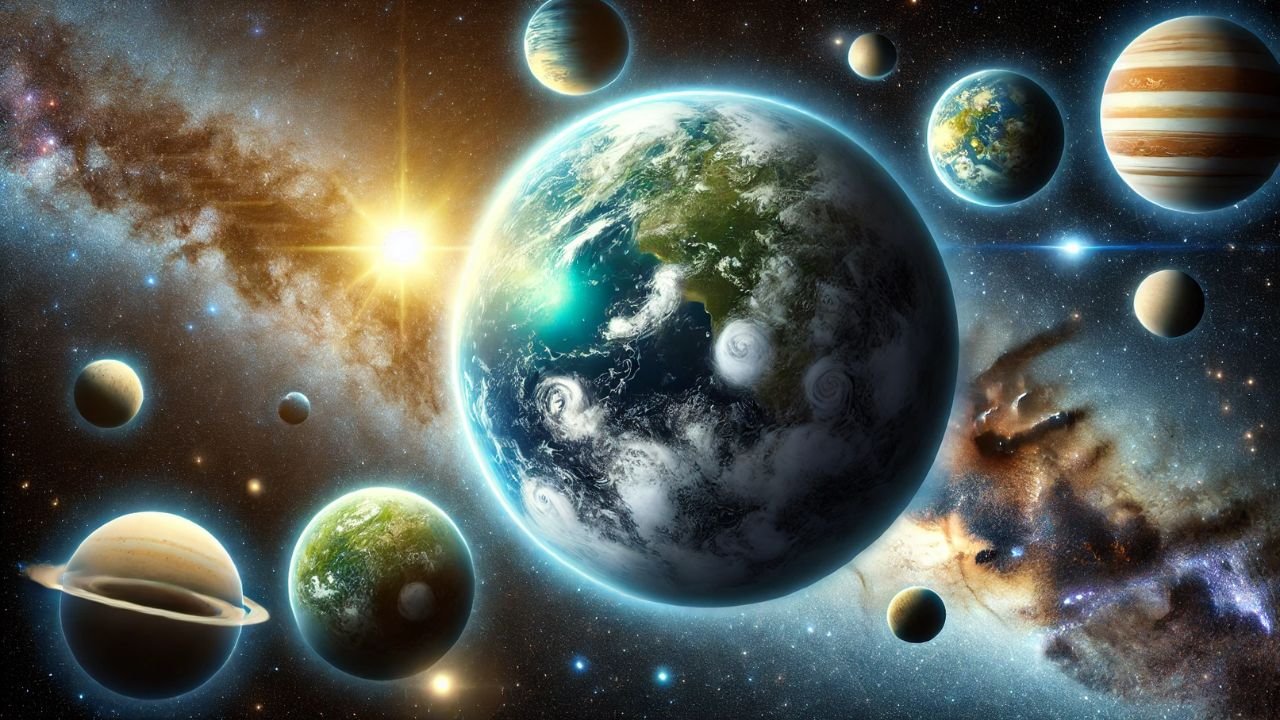
Leave a Reply